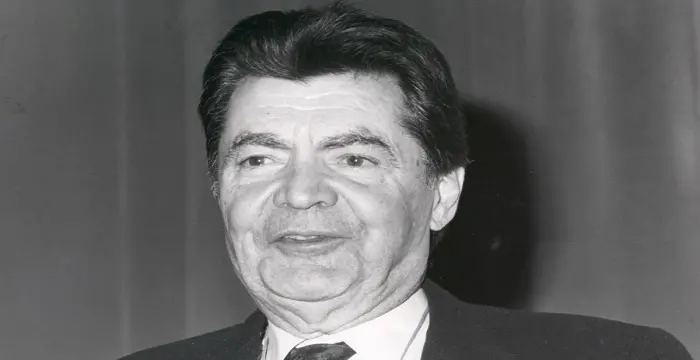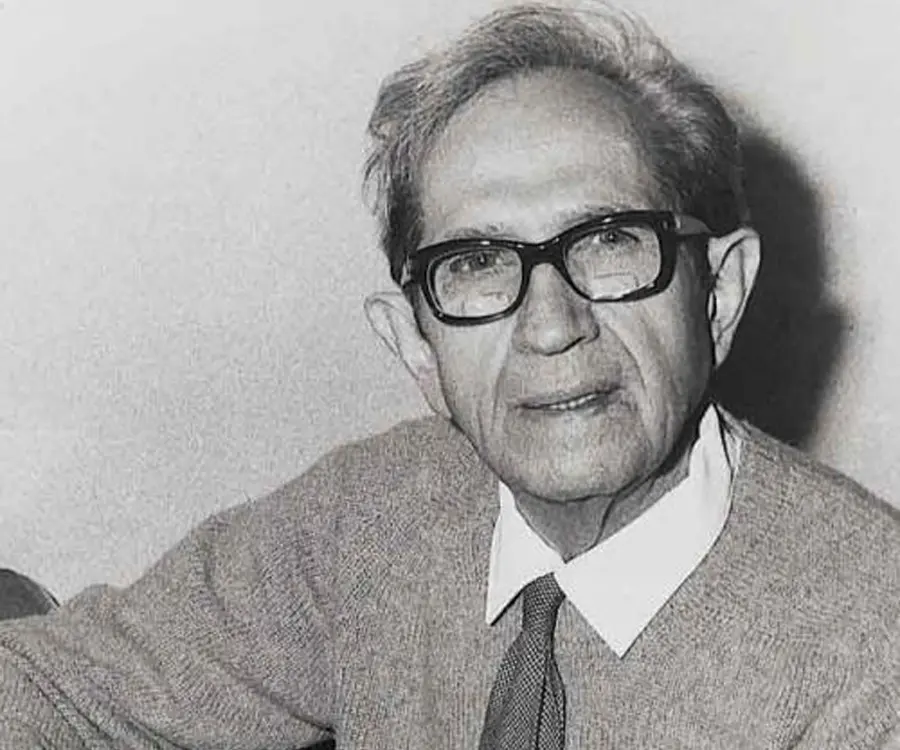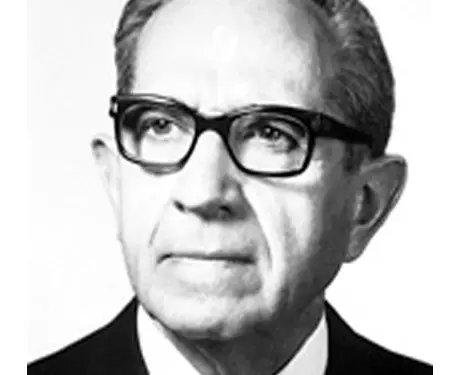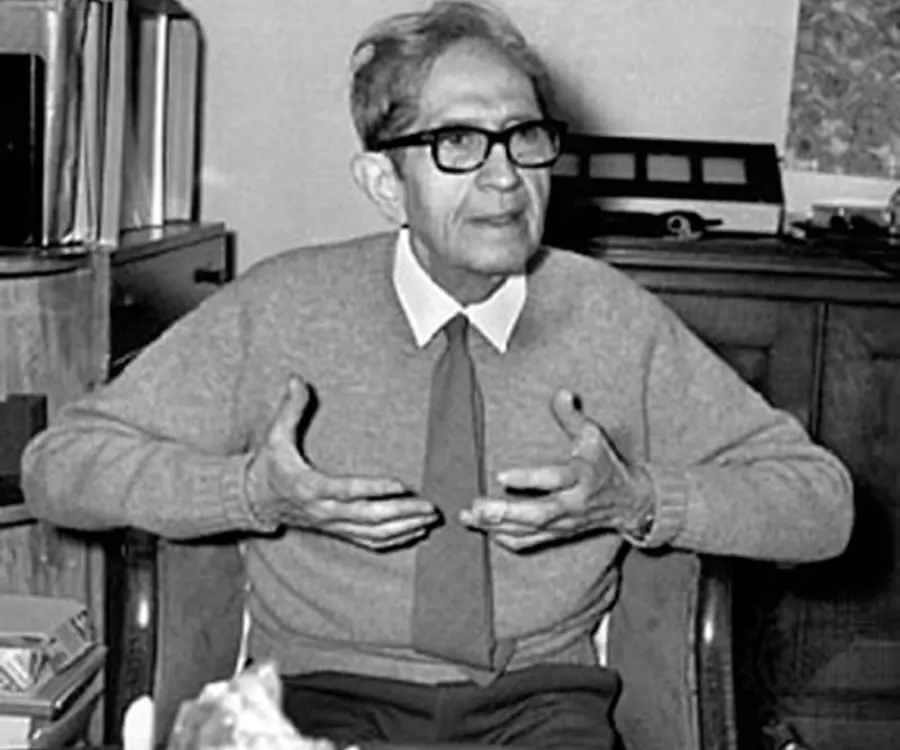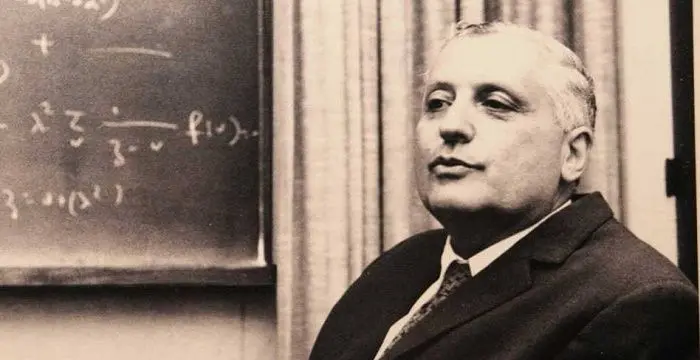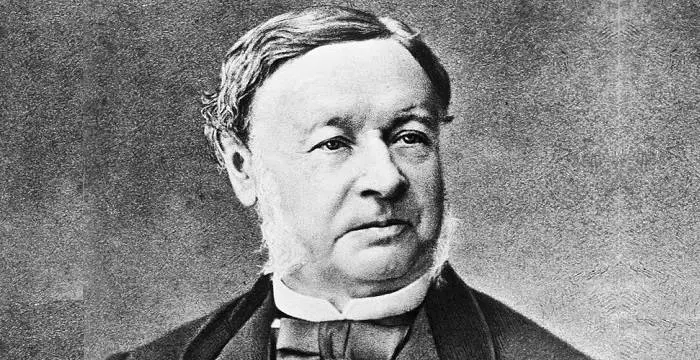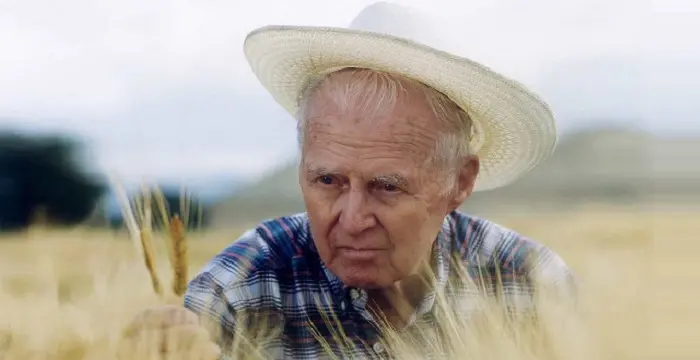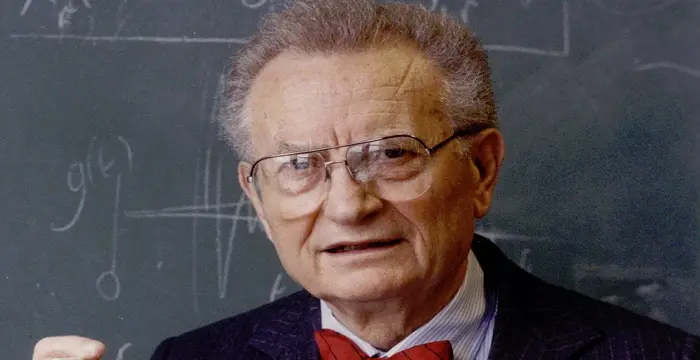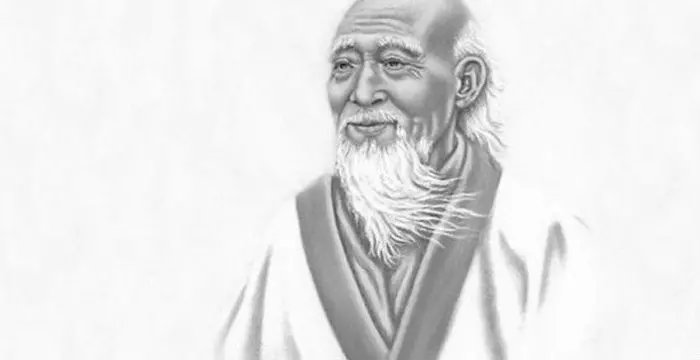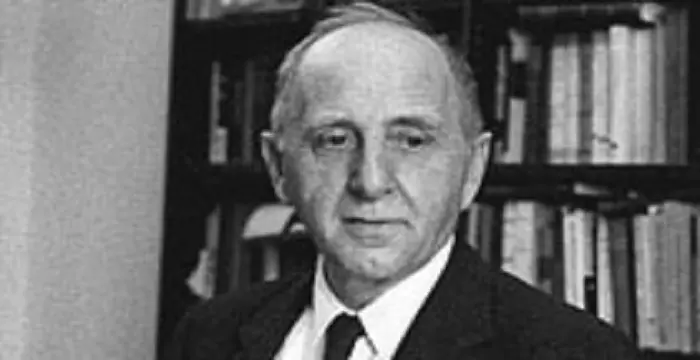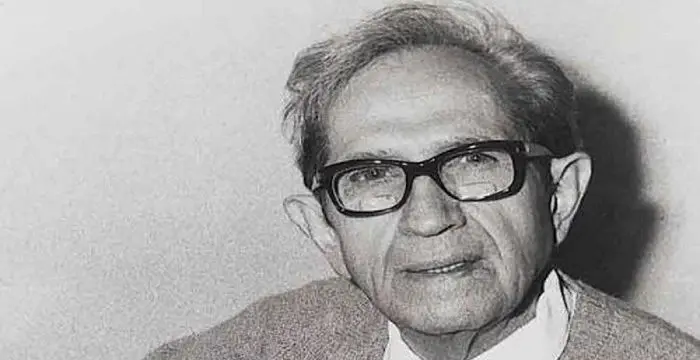
Albert Claude - Cell Biologist, Career and Family
Albert Claude's Personal Details
Albert Claude was a Belgian medical doctor and cell biologist who was awarded the Nobel Prize in Physiology or Medicine in 1974
| Information | Detail |
|---|---|
| Birthday | August 24, 1899 |
| Died on | May 22, 1983 |
| Nationality | Belgian |
| Famous | Intellectuals & Academics, Biologists, Belgian Men, Cell Biologist |
| Universities |
|
| Birth Place | Longlier, Neufchâteau, Belgium |
| Gender | Male |
| Sun Sign | Virgo |
| Born in | Longlier, Neufchâteau, Belgium |
| Famous as | Cell Biologist |
| Died at Age | 83 |
// Famous Cell Biologist
George E. Palade
George E. Palade was a Romanian-American cell biologist described as "the most influential cell biologist ever.” This biography of George E. Palade provides detailed information about his childhood, life, achievements, works & timeline.
Albert Claude's photo
Who is Albert Claude?
Albert Claude was a Belgian-American cytologist and medical doctor who through his extensive research evolved the fundamental procedures of separating living cell to determine its components. His revolutionary work in cytology was initiated by way of his enduring interest in cancer research. He applied advanced biochemical and biophysical procedures including enzyme mapping, electron microscopy and differential high speed centrifugation among others to evolve a method of cell fractionation. His path breaking discovery includes the agent of the Rous sarcoma and the cell organelles constituents like the chloroplast, ribosome, endoplasmic reticulum, lysosome and mitochondrion. His research in cytology established the intricate structural and functional cell properties. The details of specific aspects of cell structure were first published by him. His achievements in cytology that party form a base of modern cell biology garnered him the ‘Nobel Prize’ for Physiology or Medicine in 1974, that he shared with his student George Palade, and Christian de Duve. He served as the Professor of the ‘Rockefeller University’, the ‘Université catholique de Louvain’ and the ‘Université Libre de Bruxelles’. He remained Director of the ‘Laboratoire de Biologie Cellulaire et Cancérologie in Louvain-la-Neuve’. He was also the Director of the ‘Jules Bordet Institute for Cancer Research and Treatment’.
// Famous Belgian Men
Stromae
Stromae is a Belgian musician, rapper, singer and songwriter. Check out this biography to know about his birthday, childhood, family life, achievements, and fun facts about him.
Kevin De Bruyne
Kevin De Bruyne is a Belgian footballer who plays for the English Premier League team ‘Manchester City’ as well as the Belgian national team.
Ilya Prigogine
Ilya Prigogine was a Russian-born Belgian physical chemist who was awarded the Nobel Prize for Chemistry in 1977. This biography of Ilya Prigogine provides detailed information about his childhood, life, achievements, works & timeline.
Childhood & Early Life
His autobiography suggests he was born on August 24, 1899, while the civil register mentions the year as 1898. He was born in the small village of Longlier in Neufchâteau, Belgium, in the family of Florentin Joseph Claude and Marie-Glaudice Watriquant Claude as their youngest child among one daughter and three sons.
His father had a bakery-cum-general store. He had seen his mother suffer from breast cancer since 1902 during his pre-school life. She died when Albert Claude was seven years old.
He joined ‘Longlier Primary School’ which was a pluralistic school with a single teacher and a single room with students of different grades. He became a bell boy of the church and used to ring the bell of the church every day at 6 am.
As a result of economic depression, the family shifted to Athus In 1907 which was a more flourishing area with steel mills. There he joined a German school but had to drop out after a couple of years to look after his ailing uncle who was suffering from disability due to cerebral haemorrhage. For several years he took care of his uncle and later during the early part of the World War I he worked as apprentice in steel mills.
He was motivated by the zeal of the then British Minister of War, Winston Churchill that saw him volunteering in the ‘British Intelligence Service’ and serving it during the war period. He faced confinement in concentration camps for a couple of times.
He received the ‘Interallied Medal’ and was also awarded veteran status.
A law was passed under the administration of Marcel Florkin who was the then chief of ‘Direction of Higher Education’ in the ‘Ministry of Public Instruction’ in Belgium. It allowed veterans of war to go for higher studies without any formal education.
Though he lacked formal secondary education, he was admitted to the ‘University of Liège’ in 1922 in recognition of his war service. In 1928 he earned a degree of ‘Doctor of Medicine.
Career
The subject of his doctoral thesis was mouse cancer transplant into rats for which he received travel allowance from the government of Belgium. During 1928 to 1929 he stayed in Berlin and was associated with the ‘Institut für Krebsforschung’ and later with the ‘Kaiser Wilhelm Institute for Biology’ to conduct his postdoctoral research.
In 1929 the ‘Belgian American Educational Foundation’ awarded him with a fellowship to conduct research in the United States. His application at the ‘Rockefeller Institute’ (at present the ‘Rockefeller University’) in New York to research on the analysis and isolation of Rous sarcoma virus was accepted by the then Director of the institute Simon Flexner. There he joined a group led by James Murphy who was analysing the virus Rous Sarcoma, a tumour agent that mainly infects chicken.
The causal agent of carcinoma which is a component of Rous sarcoma virus was for the first time analysed and purified by Albert Claude as "ribose nucleoprotein" (finally named as ‘RNA’) in 1938.
In 1941 he was given American citizenship.
Electron microscopes that were usually used for physical researches were first applied by him in biological cell study during the study of structure of mitochondria in 1945. According to his discovery, mitochondria are the “power houses’ of all cells.
His discovery also include the protein combining devices of cells, the cytoplasmic granules that are full of RNA and termed them as “microsomes” (eventually named “ribosomes”)
He along with Keith Porter identified a “lace-work” structure which was later proved as the prime internal structural feature prevailing in eukaryotic cells and not just an arbitrary mass of substances, thus leading to the discovery of endoplasmic reticulum.
After spending two decades of his prominent research career at the ‘Rockefeller Institute’ in New York, he returned to Belgium to accept the post of Director of the ‘Jules Bordet Institute for Cancer Research and Treatment’ in 1949. The same year, he became a Professor at the ‘University of Brussels’ in the Faculty of Medicine and held the position till 1971.
In 1972 he moved with Dr. Emil Mrena in Louvain-la-Neuve, in southeast of Brussels. There he joined the ‘Catholic University of Louvain’ as a Professor and also became Director of ‘Laboratoire de Biologie Cellulaire et Cancérologie’. He worked on the ultrastructure of the Golgi complex.
During this time he was also inducted as Professor at the Rockefeller University.
He received honorary doctorates from several universities including the ‘Rockefeller University’.
Major Works
The path breaking cell fractionation process was discovered by him in 1930. The method included releasing of cell contents by disintegrating the cells and breaking the membranes. After separating out the membranes, he centrifuged the rest of the cell mass to disassociate and segregate the contents in respect of their mass. The cell contents thus centrifuged were then segregated into fractions of specific mass. He then discovered that distinct fractions were responsible for distinct cell functions.
Awards & Achievements
His discoveries in cytology regarding “the structural and functional organization of the cell” fetched him the ‘Nobel Prize’ for Physiology or Medicine in 1974 that he shared with his student George Palade, and Christian de Duve.
Personal Life & Legacy
Albert Claude married Julia Gilder in 1935 but the couple later divorced. They had a daughter Philippa.
He died a natural death in his home in Brussels in May 22, 1983.
// Famous Biologists
Juliane Koepcke
Juliane Koepcke is a German-Peruvian biologist, who was the lone survivor among the 92 passengers and crew of the ill-fated LANSA Flight 508 that crashed in the Peruvian rainforest on 24 December 1971. Know more about her life in this biography.
Theodor Schwann
Theodor Schwann was a German physiologist who discovered the Schwann cells in the peripheral nervous system. This biography of Theodor Schwann provides detailed information about his childhood, life, achievements, works & timeline.
Norman Borlaug
Norman Borlaug was an American biologist known as the “Father of the Green Revolution”. This biography of Norman Borlaug provides detailed information about his childhood, life, achievements, works & timeline.
Albert Claude's awards
| Year | Name | Award |
|---|---|---|
Other | ||
| 0 | 1974 - Nobel Prize in Physiology or Medicine | |
| 0 | Louisa Gross Horwitz Prize | |
Albert Claude biography timelines
- // 24th Aug 1898 To 24th Aug 1899His autobiography suggests he was born on August 24, 1899, while the civil register mentions the year as 1898. He was born in the small village of Longlier in Neufchâteau, Belgium, in the family of Florentin Joseph Claude and Marie-Glaudice Watriquant Claude as their youngest child among one daughter and three sons.
- // 1902His father had a bakery-cum-general store. He had seen his mother suffer from breast cancer since 1902 during his pre-school life. She died when Albert Claude was seven years old.
- // 1907As a result of economic depression, the family shifted to Athus In 1907 which was a more flourishing area with steel mills. There he joined a German school but had to drop out after a couple of years to look after his ailing uncle who was suffering from disability due to cerebral haemorrhage. For several years he took care of his uncle and later during the early part of the World War I he worked as apprentice in steel mills.
- // 1922 To 1928Though he lacked formal secondary education, he was admitted to the ‘University of Liège’ in 1922 in recognition of his war service. In 1928 he earned a degree of ‘Doctor of Medicine.
- // 1928 To 1929The subject of his doctoral thesis was mouse cancer transplant into rats for which he received travel allowance from the government of Belgium. During 1928 to 1929 he stayed in Berlin and was associated with the ‘Institut für Krebsforschung’ and later with the ‘Kaiser Wilhelm Institute for Biology’ to conduct his postdoctoral research.
- // 1929In 1929 the ‘Belgian American Educational Foundation’ awarded him with a fellowship to conduct research in the United States. His application at the ‘Rockefeller Institute’ (at present the ‘Rockefeller University’) in New York to research on the analysis and isolation of Rous sarcoma virus was accepted by the then Director of the institute Simon Flexner. There he joined a group led by James Murphy who was analysing the virus Rous Sarcoma, a tumour agent that mainly infects chicken.
- // 1930The path breaking cell fractionation process was discovered by him in 1930. The method included releasing of cell contents by disintegrating the cells and breaking the membranes. After separating out the membranes, he centrifuged the rest of the cell mass to disassociate and segregate the contents in respect of their mass. The cell contents thus centrifuged were then segregated into fractions of specific mass. He then discovered that distinct fractions were responsible for distinct cell functions.
- // 1935Albert Claude married Julia Gilder in 1935 but the couple later divorced. They had a daughter Philippa.
- // 1938The causal agent of carcinoma which is a component of Rous sarcoma virus was for the first time analysed and purified by Albert Claude as "ribose nucleoprotein" (finally named as ‘RNA’) in 1938.
- // 1941In 1941 he was given American citizenship.
- // 1945Electron microscopes that were usually used for physical researches were first applied by him in biological cell study during the study of structure of mitochondria in 1945. According to his discovery, mitochondria are the “power houses’ of all cells.
- // 1949 To 1971After spending two decades of his prominent research career at the ‘Rockefeller Institute’ in New York, he returned to Belgium to accept the post of Director of the ‘Jules Bordet Institute for Cancer Research and Treatment’ in 1949. The same year, he became a Professor at the ‘University of Brussels’ in the Faculty of Medicine and held the position till 1971.
- // 1972In 1972 he moved with Dr. Emil Mrena in Louvain-la-Neuve, in southeast of Brussels. There he joined the ‘Catholic University of Louvain’ as a Professor and also became Director of ‘Laboratoire de Biologie Cellulaire et Cancérologie’. He worked on the ultrastructure of the Golgi complex.
- // 1974His discoveries in cytology regarding “the structural and functional organization of the cell” fetched him the ‘Nobel Prize’ for Physiology or Medicine in 1974 that he shared with his student George Palade, and Christian de Duve.
- // 22nd May 1983He died a natural death in his home in Brussels in May 22, 1983.
// Famous Intellectuals & Academics
Bertil Gotthard Ohlin
Bertil Gotthard Ohlin was a famous Swedish economist. This biography profiles his childhood, family life & achievements.
Emily Greene Balch
Emily Greene Balch was an American economist, sociologist and pacifist who won the 1946 Nobel Peace Prize. This biography of Emily Greene Balch provides detailed information about her childhood, life, achievements, works & timeline.
Martin Buber
One of the greatest philosophers to have ever walked on earth, Martin Buber contributions to philosophy is a long-standing one. Explore all about his profile, childhood, life and timeline here.
Paul Samuelson
Nobel laureate Paul Anthony Samuelson is referred to as the ‘Father of Modern Economics’. This biography profiles his childhood, life, career, achievements and interesting facts about him.
Lao Tzu (Laozi)
Lao Tzu was a legendary Chinese philosopher who wrote the important “Daodejing”. This biography profiles his childhood, life, career, achievements and timeline.
Simon Kuznets
Simon Kuznets was a noted Russian-American economist, statistician, demographer, and economic historian. Check out this biography to know about his childhood, family life, achievements and other facts related to his life.
Albert Claude's FAQ
What is Albert Claude birthday?
Albert Claude was born at 1899-08-24
When was Albert Claude died?
Albert Claude was died at 1983-05-22
Where was Albert Claude died?
Albert Claude was died in Brussels
Which age was Albert Claude died?
Albert Claude was died at age 83
Where is Albert Claude's birth place?
Albert Claude was born in Longlier, Neufchâteau, Belgium
What is Albert Claude nationalities?
Albert Claude's nationalities is Belgian
What was Albert Claude universities?
Albert Claude studied at University of Liège
What is Albert Claude's sun sign?
Albert Claude is Virgo
How famous is Albert Claude?
Albert Claude is famouse as Cell Biologist
